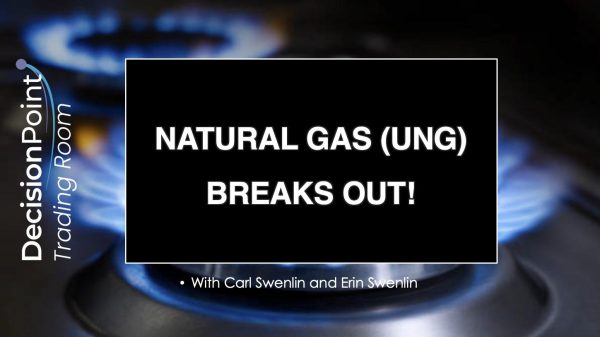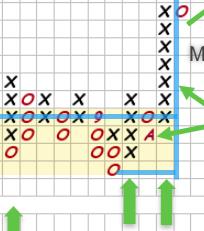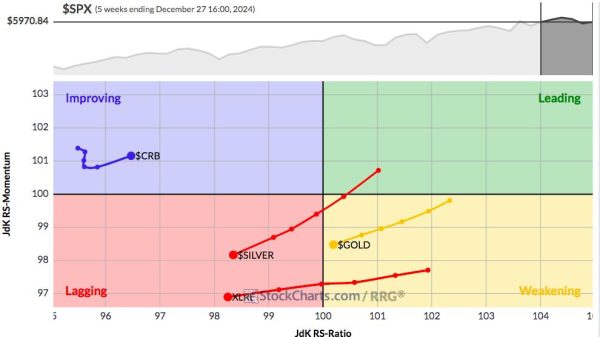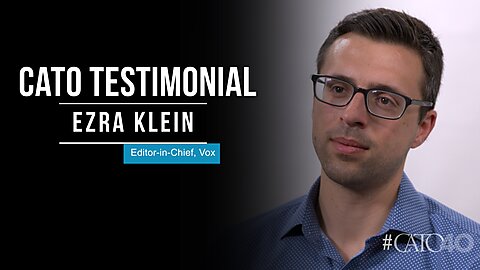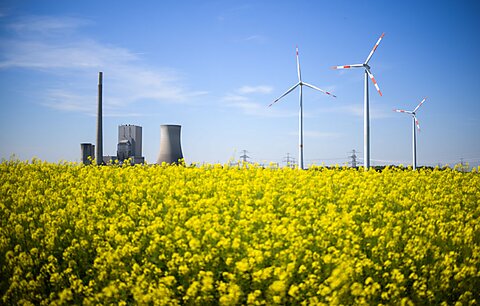David Kemp
The Environmental Protection Agency (EPA) recently finalized a rule imposing new carbon dioxide emissions controls on fossil fuel power plants. The rule requires that all coal power plants and newly built natural gas combined cycle operating at least 40 percent of the time reduce their emissions by at least 90 percent. The reductions are based on the EPA’s determination that Carbon Capture and Sequestration (CCS) technology is the “best system of emission reduction” in spite of the fact that CCS is not in widespread use and has not been demonstrated to be economically viable.
Unsurprisingly, the EPA’s analysis of the rule finds that the benefits of reduced greenhouse gas emissions and conventional air pollution drastically outweigh the costs of compliance and that the rule will have a negligible impact on retail electricity prices. However, a deeper examination of the assumptions underlying their analysis suggests that the new rule is another example of a consistent feature of environmental regulation: “policy beyond capability.”
As Peter Van Doren has argued, “The history of environmental regulation consists of ambitious, unrealistic goals followed by missed deadlines and lack of enforcement.” Earlier this spring, I argued that the EPA’s new vehicle emissions standards and plans to transition away from fossil fuels demonstrate the principle. It seems that the EPA’s recent regulations frequently imagine a rosy future where emissions targets are easily achieved without full consideration of our ability to reach those goals.
The new power plant rule further demonstrates the EPA’s extreme optimism. For one example, the rule’s Regulatory Impact Analysis (RIA) includes projections of the growth of variable renewable energy (VRE) that don’t seem to fully account for the considerable technical obstacles to their widespread deployment. As shown in Table 1, last year solar and wind constituted 21 percent of total US generating capacity and provided 14 percent of total generation. The baseline model used by the EPA (i.e., their model before the impacts of the rule are considered), which includes subsidies from the Inflation Reduction Act, estimates that solar and wind power will be nearly 60 percent of installed capacity and provide more than 70 percent of the total electricity generated in 2045.
Is this likely to happen? It is impossible to know, but the fact that there are significant technical challenges involved in the widescale deployment of VRE implies that skepticism is warranted. The largest of these challenges is that VRE is intermittent and non‐dispatchable (i.e., it is only available when the sun is shining or the wind is blowing).
This creates a paradox where, though the marginal costs of VRE electricity are essentially zero, the costs of electricity from a grid with a high percentage of renewable power are actually higher. As Paul Bonifas and Tim Considine explained in the Winter 2022–2023 issue of Regulation:
As VRE penetration levels rise, their value to the system declines. Developed countries like the United States require power night and day, all year round. Because VRE sources depend on weather and time of day, they do not have the ability to dispatch their power on demand. Instead, they depend on dispatchable power plants on the grid to function as a de facto battery, balancing electricity supply and demand when the VREs fall short. When the sun is shining and the wind is blowing, dispatchable power plants reduce their electricity output to keep supply and demand in balance. During times of no sun and low wind, dispatchable power plants increase their output to cover for the lack of VRE power. Therefore, as VRE penetration levels rise, the dispatchable plants sit increasingly idle, yet they must still be available to provide 24/7 power. This “double building” of VREs is a main reason why electricity costs increase with VRE penetration levels.
How does this play out in practice? One of the most famous examples is the California Independent System Operator (CAISO) “duck curve.” In California, which has very high solar penetration, much of the supply during the day comes from solar energy. As shown in Figure 1, the “duck curve” charts the electricity demand minus electricity supplied by solar and wind power, known as “net load”, on March 31 in 2015, 2020, and 2024 (the duck curve is most apparent in the spring when the discrepancy between the minimum and peak energy demand is highest).
Electricity demand begins to increase in the afternoon and peaks in the evening, coinciding with the time when the sun sets and solar energy declines. To satisfy the demand fossil fuel generators need to come on line and ramp up their output. As the figure shows, the amount of renewables on the California grid has grown over time, the duck curve has deepened, and the amount of electricity needed to make up for the decline in solar power has increased. On March 31 of this year, for example, the system had to ramp up 13.6 GW of electricity during the three hours between 4:35 p.m. and 7:35 p.m. (more than 60 percent of the total 22.6 GW of electricity demanded at 7:35).
Along with the increased cost, the effects of the duck curve also undermine the environmental benefits of renewables. In traditional, non‐renewable electricity grids, baseload (i.e., the minimum amount of electricity constantly demanded) has traditionally been served by generators with low marginal operating costs (often coal and nuclear power plants). More recently, low natural gas prices and increasing power plant efficiency have allowed natural gas combined cycle (NGCC) generators—power plants that both burn gas to power a combustion turbine and use the waste heat to create steam to power a steam turbine—to operate in a baseload role. Meanwhile, more flexible, but less efficient and higher emitting, power plants with higher marginal costs increase and decrease their output to follow changes in electricity demand. These “intermediate” and “peak” load plants have typically been natural gas combustion turbine (CT) plants.
The increased penetration of renewables has displaced traditional baseload generators and made them uneconomical while requiring increased use of flexible CT plants to ramp up when renewable energy is declining. The result has been a delay in the environmental benefits of increased use of renewables. Through the day, the carbon emissions of California’s electricity have become more volatile as zero‐carbon solar energy is replaced by higher‐emitting CT power plants, but overall the positive environmental effects of renewable power have been offset by the negative effects of increased use of combustion turbines. Figure 2 shows the carbon intensity (the emissions per kWh of electricity generated) in California compared to the increased proportion of wind and solar. While carbon intensity was declining from 2014 to 2016, between 2017 and 2022 the carbon intensity was stagnant. During that period, the proportion of VRE continued to grow from 18 percent to 27 percent of total generation.
The technical problems of the “duck curve” may be solved by increased energy storage capacity that can provide flexible power output to replace gas generators. In recent years California regulators have required utilities to build a large amount of batteries that will allow California’s electricity carbon intensity to decline further. It’s hard to say whether these projects have been cost‐effective, and one report suggests that the batteries built between 2017 and 2021 came at a large cost to California rate‐payers. Recent estimates of the cost of batteries find that they are becoming more competitive with fossil fuel generators (especially when investment subsidies provided by the Inflation Reduction Act are included). And Texas, with a much freer electricity market, has seen a recent increase in battery investment, though there are still outstanding questions about whether a large amount of energy storage will be economical in the long term.
Overall though, the EPA doesn’t seem to fully grapple with these questions, or other similar questions about how renewables require increased investment in transmission or new technology to contend with problems that arise when solar and wind generators are added to electricity grids designed around turbine‐driven electricity generators. By using a baseline projection of the future energy mix that already assumes a substantial increase in renewable energy, the EPA conveniently finds that the impacts of the new rule are minimal. This is hard to imagine, however, when you consider that baseload NGCC power plants, which even before the rule are being squeezed out by renewable energy in restructured markets, will face new emissions controls that, as CCS technology is largely untested, may prove costly.
Furthermore, the rule imposes emissions controls on new NGCC depending on their availability. Natural gas power plants that will operate more than 40 percent of the time will be required to reduce their emissions, while those that operate less will not. This adds additional incentives for utilities to build and operate more combustion turbines. And the EPA’s projections for future energy storage are likely too low to avoid the “duck curve” problems seen in California on a much larger scale. For example, the EPA’s model estimates that there will be 176 GW of energy storage capacity in 2045 along with the more than 70 percent of generation provided by wind and solar. The National Renewable Energy Laboratory’s study on the impacts of the deployment of energy storage estimates that, under their reference case, around 50 percent of wind and solar generation would optimally have 213 GW of battery capacity. They find that lower amounts of storage have higher costs and emissions.
The technical obstacles to electric grids with a large proportion of variable renewable energy are likely surmountable, and there are already examples of innovations allowing smaller grids with large amounts of solar and wind energy to operate smoothly. But the hopeful future that the EPA describes where we transition to renewable energy with only minimal costs omits the engineering, resources, and time required to overcome those challenges.
Good policy transparently evaluates both benefits and costs and acknowledges areas where there is considerable uncertainty. The EPA’s analysis of the new rule instead layers its conclusions in unnecessary complexity, ignores substantial unknowns, and relies on optimistic assumptions to minimize the estimated economic damages. Until we have an analysis that fully assesses the impacts of the rule, and seriously considers the possibility that the rule might not pass a cost‐benefit test, the rule should be withdrawn.







